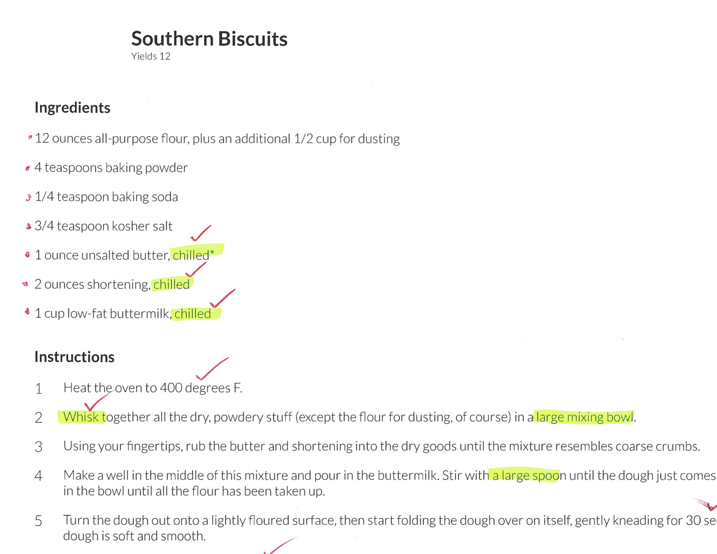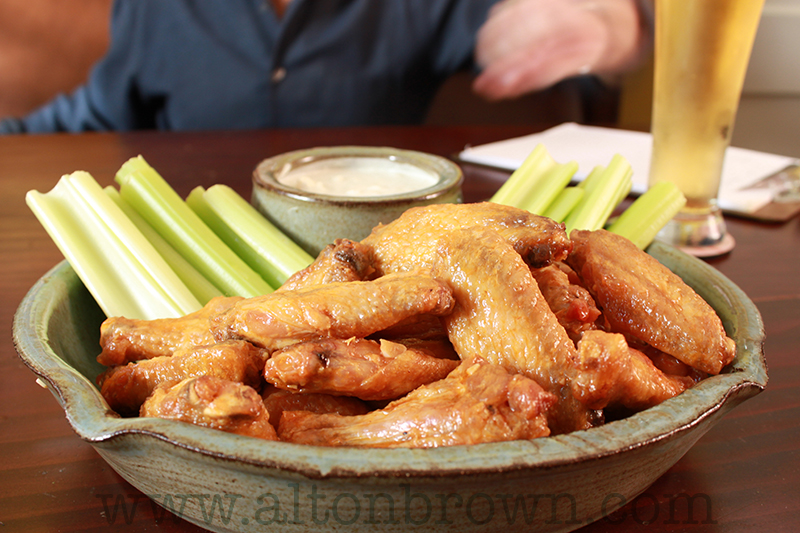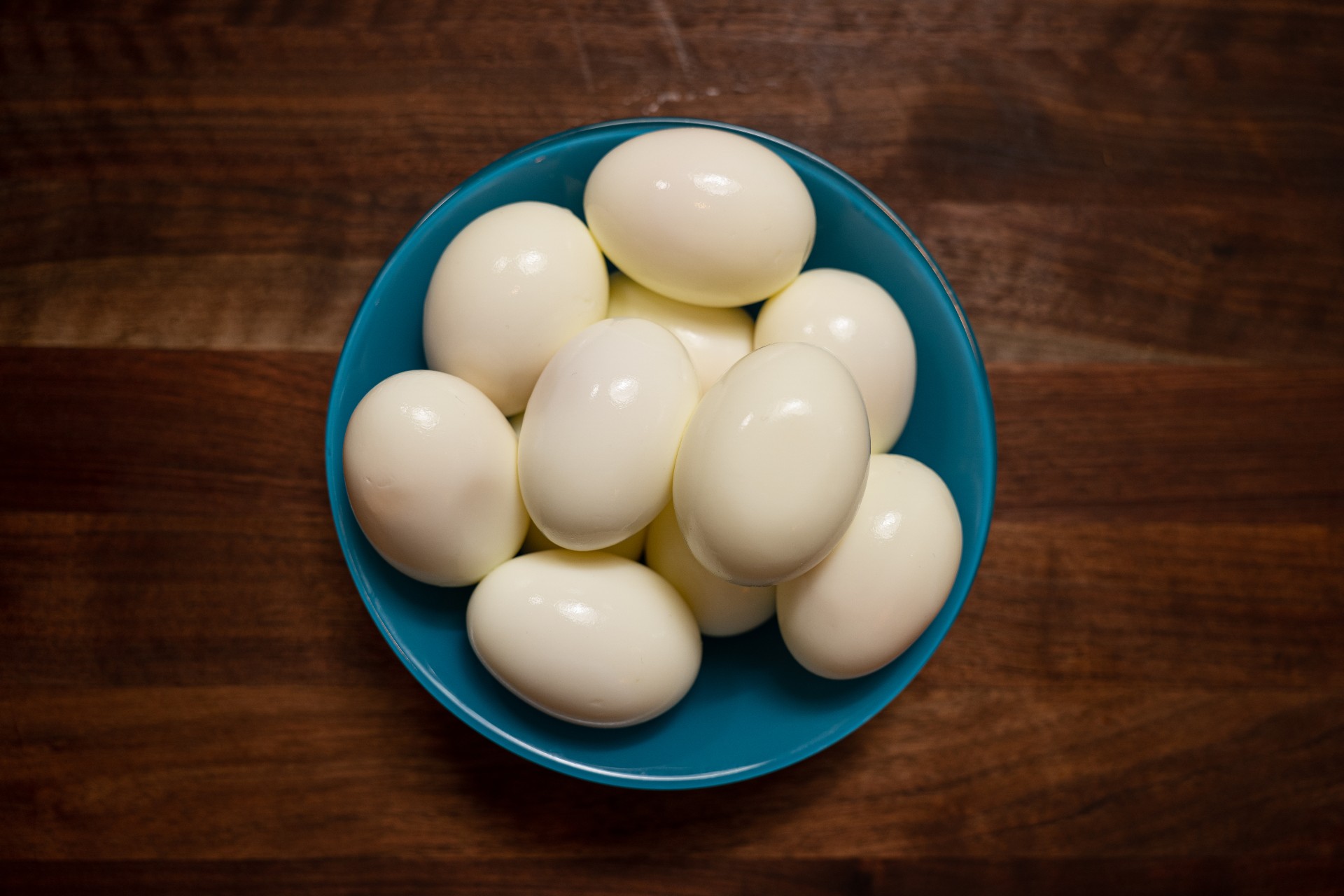
According to my calculations, about 30 percent of dishes prepared from written recipes go wrong because the cooks concerned didn’t actually read said recipe. Sure, we glance at them sideways, scan them, peruse them, peek at them, make grocery lists from them, but we rarely glean all the information we really need. This is especially true of dishes being prepared for the first time.
Here are a few simple guidelines to prevent this from happening to you:
1. Sit Down: That’s right…sit down at the kitchen table and simply read the recipe all the way through. Don’t make notes, don’t make lists, just read.
2. Read It Again: Highlight any special procedures or sidebars that might change your timeline, like bringing butter to room temperature or soaking dry beans — that’s the one that used to get me. Be careful to note punctuation. For instance, “1 cup chopped nuts” is not the same as “1 cup nuts, chopped.” The first reference measures the nuts after chopping, whereas the latter measures before chopping.
3. Gather Equipment: I always do this first because if there’s something esoteric on the hardware list, you may need to abandon the dish until you can procure said item, like an immersion blender or pressure cooker.
4. Gather Ingredients: Pantry ingredients and dry goods should be corralled into a staging area. Anything that’s missing goes on the grocery list. I do the same thing with the refrigerator/freezer: Collect everything on one shelf and whatever is missing goes on the grocery list.
During this phase, be especially mindful of ingredients that may need to be thawed or brought to room temperature.
Keep in mind, recipe-writers list ingredients in order of use, typically from largest amount to smallest. This is also a cue for the cook as to how the ingredients should be measured and used. For example, dry ingredients for a cake will always come one right after the other, so it is easier for you to corral them all into one bowl before adding them to a wet mix.
5. Note the Order of the Steps: Heat the oven and prep the pans (soak the beans) before messing about with other ingredients. This will save you both time and heartache in the kitchen. And, in the case of timely preparations such as egg foams, it may prevent an actual disaster.
6. Always Triple-Note Cooking or Baking Times and their Doneness Indicators: If the biscuits should be golden brown or the butter should smell nutty, your eyes and ears can tell you more than a timer every will.
Above all, learn to enjoy recipes as you would literature. Many recipes you’d never actually cook make for intriguing reading. Just because you’re not going to actually cook Charlie Trotter’s recipe for Three Day Rabbit Stock doesn’t mean you won’t get a kick out of reading it.












